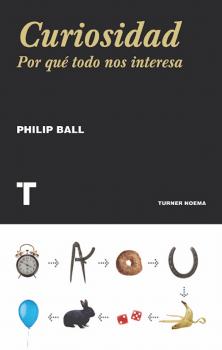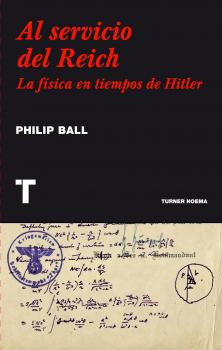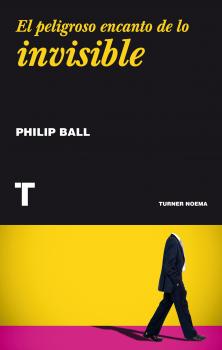ТОП просматриваемых книг сайта:
Philip Ball
Список книг автора Philip BallАннотация
A cutting-edge examination of what it means to be human and to have a 'self' in the face of new scientific developments in genetic editing, cloning and neural downloading.After seeing his own cells used to grow clumps of new neurons – essentially mini-brains – Philip Ball begins to examine the concepts of identity and consciousness. Delving into humanity's deep evolutionary past to look at how complex creatures like us emerged from single-celled life, he offers a new perspective on how humans think about ourselves.In an age when we are increasingly encouraged to regard the 'self' as an abstract sequence of genetic information, or as a pattern of neural activity that might be 'downloaded' to a computer, he return us to the body – to flesh and blood – and anchors a conception of personhood in this unique and ephemeral mortal coil. How to Build a Human brings us back to ourselves – but in doing so, it challenges old preconceptions and values. It asks us to rethink how we exist in the world.
Аннотация
Devising and performing a scientific experiment is an art, and it is common to hear scientists talk about the 'beauty' of an experiment. What does this mean in chemistry, the experimental science par excellence? And what are the most beautiful chemical experiments of all time? This book offers ten suggestions for where beauty might reside in experimental chemistry. In some cases the beauty lies in the clarity of conception; sometimes it is a feature of the instrumental design. But for chemistry, there can also be a unique beauty in the way atoms are put together to make new molecules, substances not known in nature. The ten experiments described here offer a window into the way that chemists think and work, and how what they do affects the rest of science and the wider world. This book aims to stimulate the reader to think anew about some of the relationships and differences between science and art, and to challenge some of the common notions about particular 'famous experiments'. Elegant Solutions: Ten Beautiful Experiments in Chemistry is accessible to all readers, including those without a scientific background and can provide an unusual point of entry into some of the basic concepts of chemistry. Phillip Ball is a renowned, prolific, award winning science writer.
Аннотация
Аннотация
Информация о книге
Автор произведения Philip Ball
Жанр Зарубежная прикладная и научно-популярная литература
Серия Noema
Аннотация
A cutting-edge examination of what it means to be human and to have a 'self' in the face of new scientific developments in cloning, gene-splicing and neural downloading.After seeing his own cells used to grow clumps of new neurons – essentially mini-brains – Philip Ball begins to examine the concepts of identity and consciousness. Delving into humanity's deep evolutionary past to look at how complex creatures like us emerged from single-celled life, he offers a new perspective on how humans think about ourselves. In an age when we are increasingly encouraged to regard the 'self' as an abstract sequence of genetic information, or as a pattern of neural activity that might be 'downloaded' to a computer, I return us to the body – to flesh and blood – and anchor a conception of personhood in this unique and ephemeral mortal coil. How to Build a Human brings us back to ourselves – but in doing so, it challenges old preconceptions and values. It asks us to rethink how we exist in the world.









